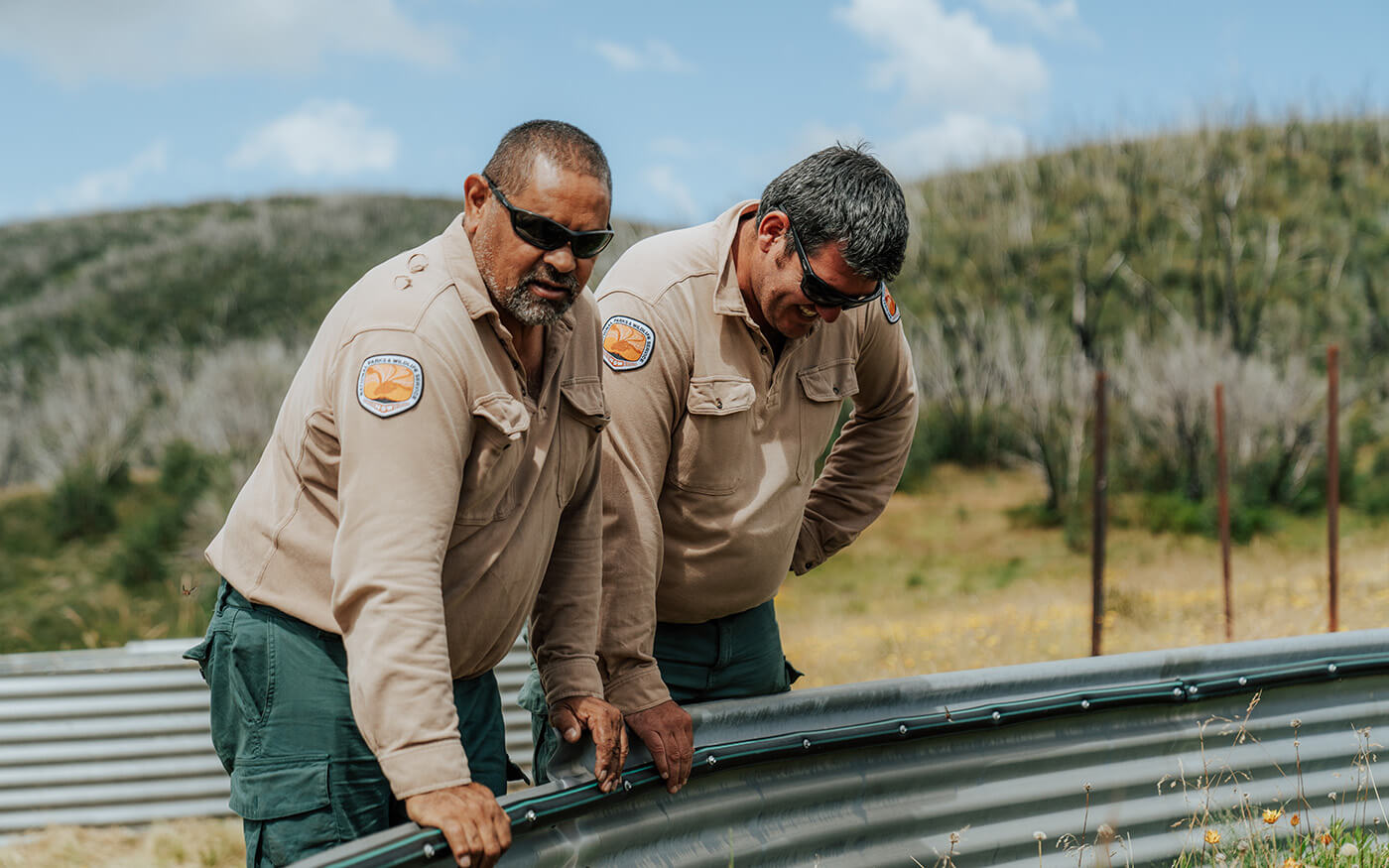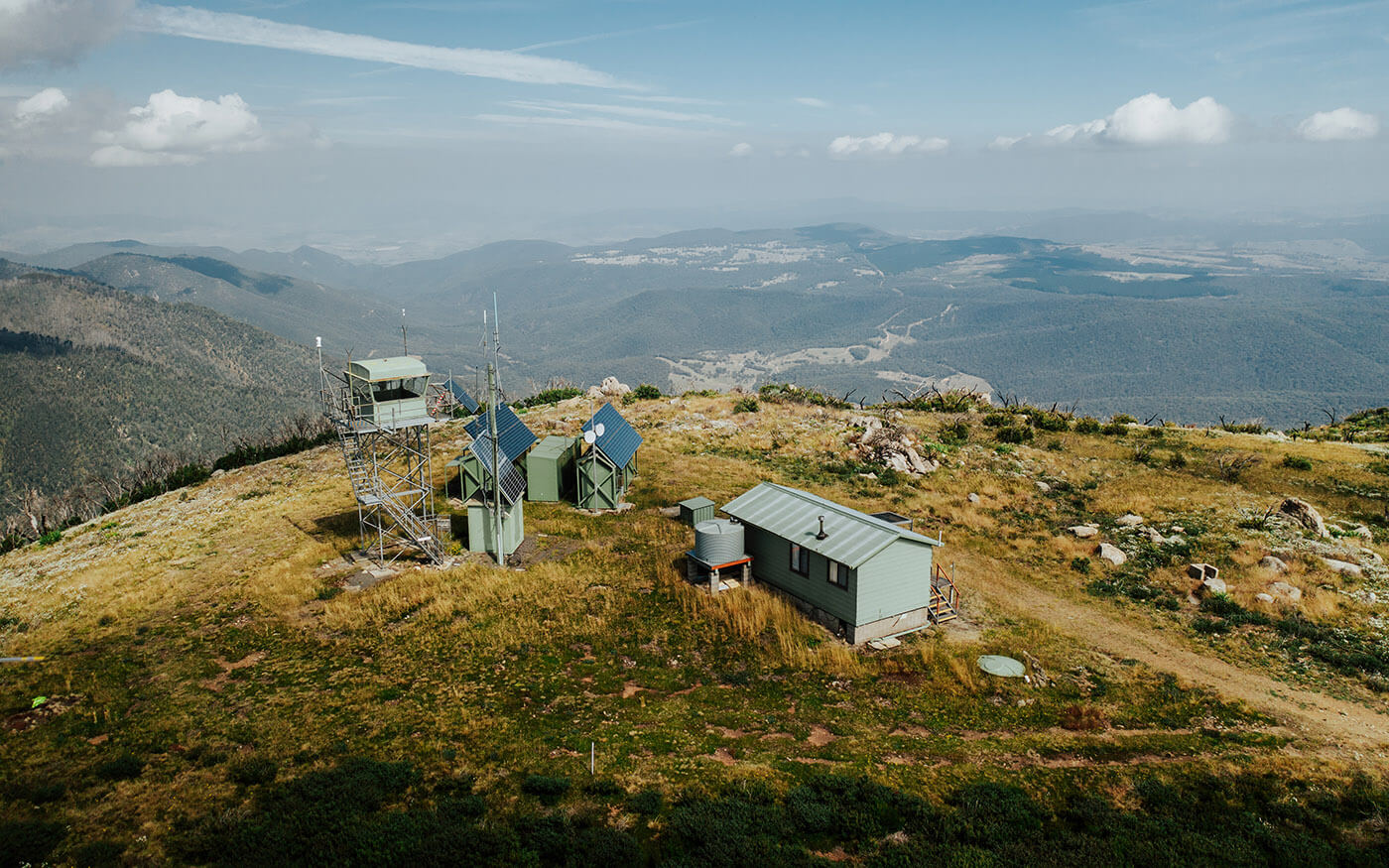The escalating threat of too frequent bushfires poses a significant risk to the ecosystems and wildlife of NSW, including the iconic Kosciuszko National Park. By integrating the latest technology - including smart fire cameras, and rapid response helicopters with a targeted hazard reduction program - the NSW National Parks and Wildlife Service (NPWS) have implemented an effective management strategy to mitigate the risk of bushfire for this unique alpine environment.
The Australian Alps bioregion (a large land area characterised by broad, landscape-scale natural features and environmental processes that influence the functions of entire ecosystems) is the only true alpine environment in NSW, boasting diverse flora and fauna species found nowhere else. Rare, threatened, or endangered species include the Alpine Ash, Southern Corrobboree Frog, Mountain Pygmy Possum and Broad-toothed Rat. Beyond its ecological significance, Kosciuszko National Park holds immense Indigenous cultural importance that demands preservation for future generations.
The uniqueness of this area is both a high value asset and a challenge for fire management. Frequent, uncontrolled bushfire events, exacerbated by climate change, have the potential to devastate these ecosystems and lead to the local extinction of certain species.
In response, the NPWS Southern Ranges Branch has combined the expertise of fire management, aviation, and flora and fauna specialists to develop a comprehensive approach to safeguarding this precious ecosystem.

Team Leader Fire for the Southern Ranges Branch of NPWS, Ian Dicker says that rapid smoke detection is a crucial first step.
After a global search of the latest technology, the NPWS Southern Ranges Branch installed 4 smart fire cameras with artificial intelligence capabilities to monitor for smoke. These cameras continuously scan the national park, record weather conditions and raise an alarm when they detect potential smoke sightings, enabling a swift response. The technology also monitors neighbouring land including state forests, fostering collaboration between agencies across NSW, Victoria and the ACT.
Complementing the new detection technology is the presence of Rapid Aerial Response Teams. NPWS is equipped with 5 helicopters and one fixed-wing aircraft, as well as accessing a fleet of call-when-needed aerial appliances. These teams play a vital role in accessing and containing otherwise inaccessible bushfires in the vast, remote areas of Kosciuszko National Park.

Collaborating with agencies including the NSW Rural Fire Service, NPWS Southern Ranges Branch also implement a strategic hazard reduction program. This aims to protect not only human life and property, but also the environmental and cultural heritage values intrinsic to the national park. By conducting prescribed burns to reduce fuel loads, the risk of uncontrollable bushfires is mitigated, helping to ensure the preservation of the delicate balance of the national park ecosystems.
As the effects of climate change continue to escalate, the NPWS remain committed to adapting, innovating and collaborating to ensure the long-term resilience of these precious alpine environments.
‘By using smart fire detection technology, rapid aerial response teams and strategic hazard reduction, we strive to protect and conserve the diverse flora, fauna and cultural assets unique to this region. The team takes great pride in the vital work we do to secure this invaluable environment for future generations,’ concludes Ian.
Photo credit: Remy Brand